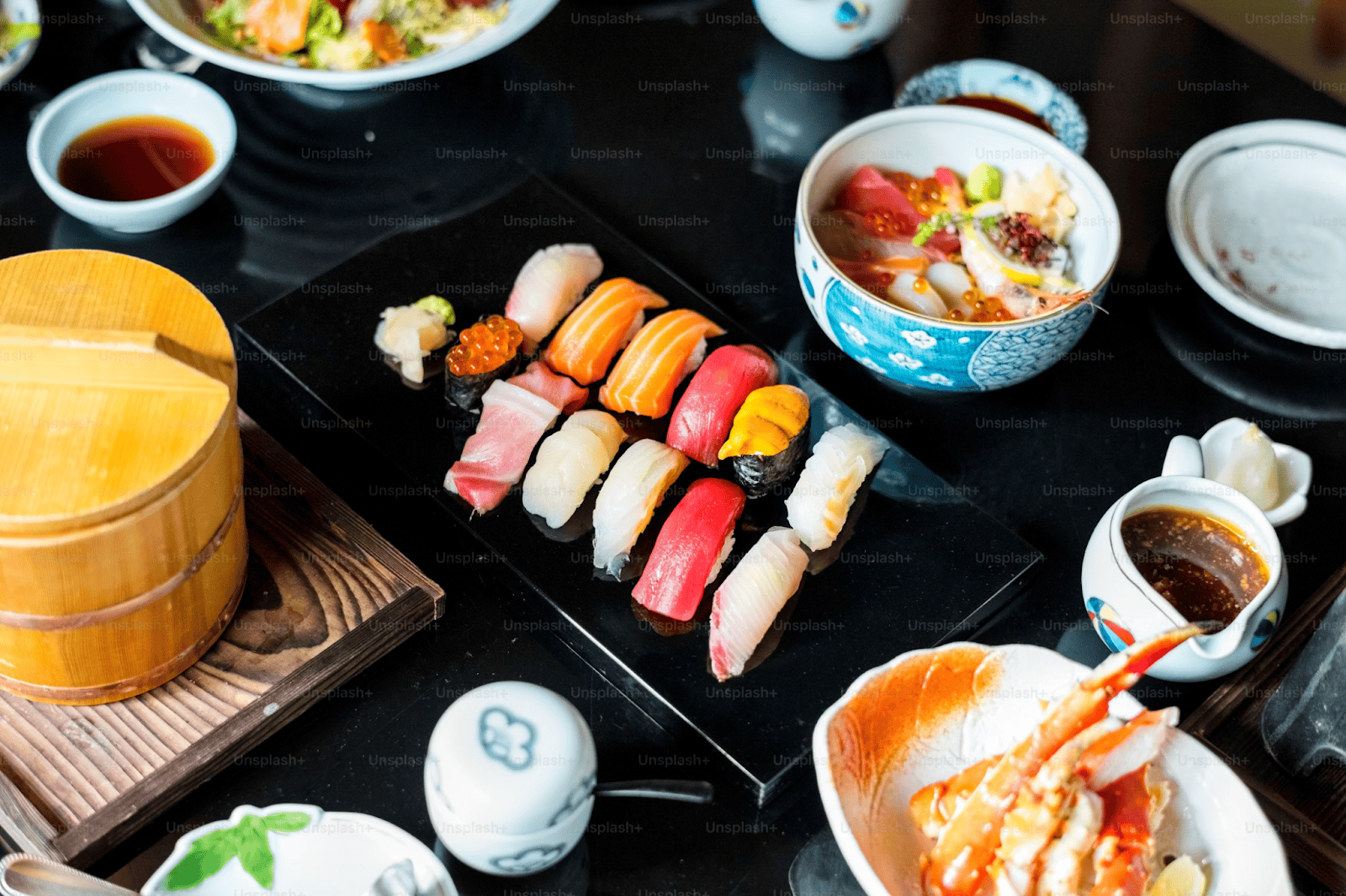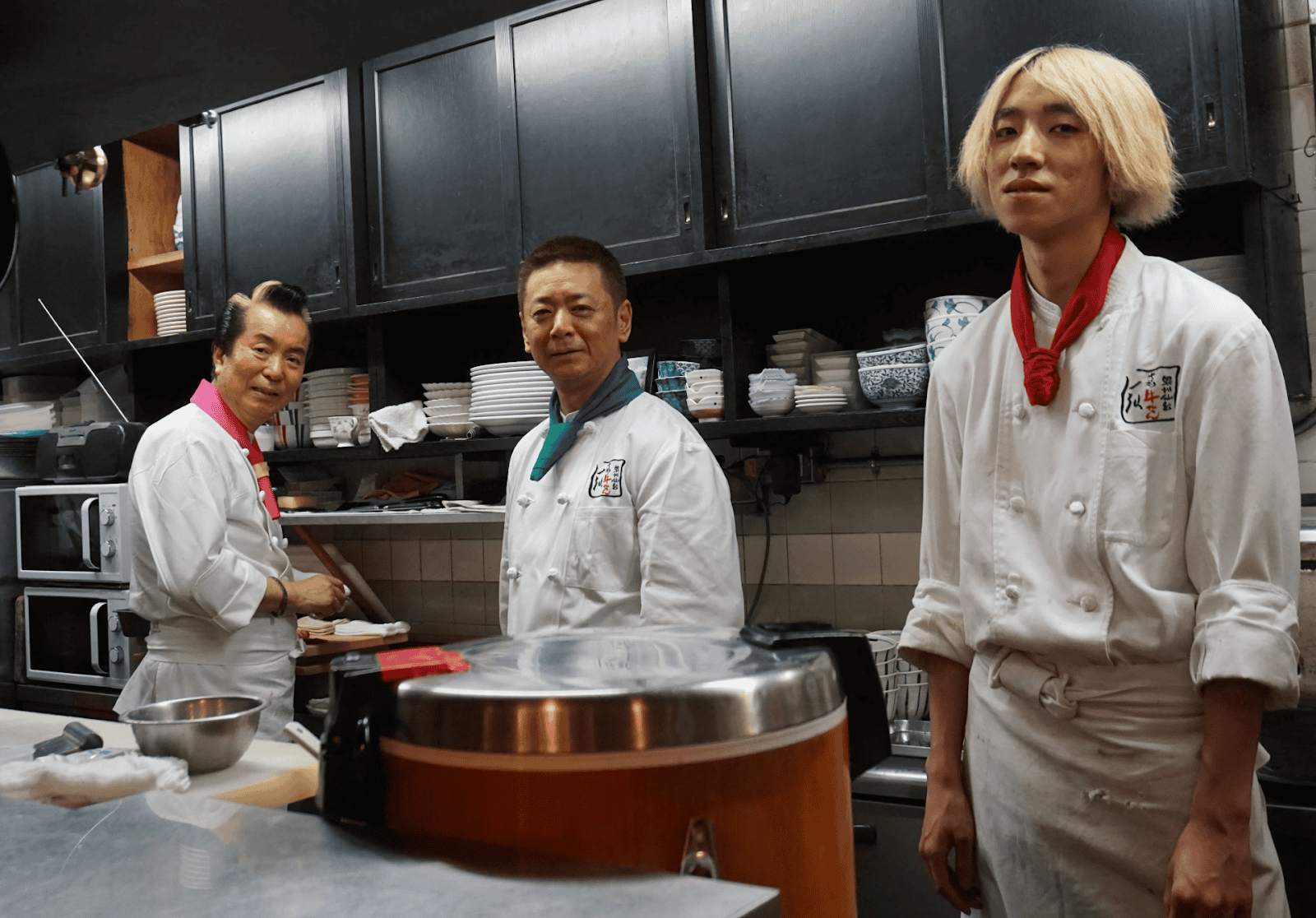Japanese cuisine has long captivated the world with its delicate flavors, meticulous presentation, and deep cultural roots. From sushi and ramen to matcha and tempura, these dishes carry centuries of tradition, reflecting a harmonious balance between simplicity and sophistication. But as the world becomes more interconnected, Japanese culinary traditions have evolved, blending with global influences to create something entirely new and exciting.
We’ve seen how international flavors have inspired modern Japanese dishes, while Japanese techniques and ingredients have left their mark on global kitchens. This exchange has given rise to innovative creations like sushi burritos and matcha-infused desserts, showcasing the beauty of cultural fusion. As we explore this dynamic intersection, we gain a deeper appreciation for how food transcends borders, connecting us through shared experiences. For a deeper dive into Japanese cuisine’s history, check out the insights from Japan National Tourism Organization.
Exploring Japanese Culinary Traditions
Japanese cuisine reflects a harmonious balance of flavor, aesthetics, and deep cultural significance. Rooted in centuries-old practices, it continues to captivate global audiences while adapting to contemporary influences.
The Essence of Washoku
Washoku, recognized by UNESCO as an Intangible Cultural Heritage, encompasses traditional Japanese dishes emphasizing seasonal ingredients, balanced nutrition, and visual presentation. Dishes like miso soup, pickled vegetables, and grilled fish exemplify its simplicity and elegance. Complementary flavors of umami, sweet, salty, sour, and bitter are integral to every meal. Washoku also emphasizes a connection to nature, inspiring gratitude for the changing seasons and local harvests. Serving styles, such as “one soup, three sides,” promote harmony on the table and within the body.
Regional Variations and Their Significance
Japan’s distinct regions offer a rich variety of culinary specialties, shaped by local climates and cultural practices. Hokkaido is renowned for seafood like crab and uni, while Kansai is famous for Osaka’s takoyaki and Kyoto’s kaiseki cuisine. In the countryside, fruits like peaches hold a special place in Japanese gardens. Trees such as dwarf peach trees are cultivated not only for their delicious fruit but also for their symbolic and aesthetic value, reflecting the harmony between nature and culture.
Rural areas like Nagano highlight soba noodles and miso, reflecting historical agricultural practices. Ingredients and dishes evolve locally but combine to create Japan’s cohesive food identity. For example, Okinawa incorporates tropical influences, showcasing Japan’s geographic diversity. Regional variations preserve local heritage and ensure a deep connection to each area’s history and environment.
Traditional Ingredients and Techniques
Key ingredients like soy sauce, mirin, miso, and seaweed define Japanese culinary traditions. Rice serves as a staple across meals, maintaining a pivotal role in Japanese diets for over 2,000 years. Seasonal fish like mackerel and tuna dominate seafood preparations, while tofu adds protein diversity. Techniques such as grilling (yakimono), simmering (nimono), and steaming (mushimono) maximize ingredient flavors. Tools like sashimi knives and bamboo mats ensure precision in preparation.
Even in the modern era, sustainability plays a role in cultivating ingredients, with solutions like those offered by LawnSynergy supporting the health of agricultural practices. Seasonal cooking aligns food with nature, preserving authentic flavors, textures, and aromas integral to the Japanese gastronomic experience.
Global Influences on Japanese Cuisine
Japanese cuisine, while deeply rooted in tradition, has embraced global influences to create new and innovative flavors. By integrating international techniques and ingredients, Japanese dishes continue to evolve while honoring their cultural heritage.

Photo by Curated Lifestyle on Unsplash
Western Impact on Japanese Dishes
Western cuisines have significantly influenced Japanese dining, introducing unique adaptations. After Japan’s 19th-century Meiji Restoration, Western foods became popular, leading to creations like tonkatsu (breaded pork cutlet) and omurice (omelet over fried rice). The introduction of bread inspired dishes such as anpan, a sweet roll with red bean paste, and curry bread.
Western-style sauces, such as Worcestershire, altered flavor profiles in dishes like okonomiyaki. The fast-food boom also brought burgers and fried chicken franchises, pushing Japanese chefs to craft localized versions, such as teriyaki burgers. These adaptations maintain Japan’s commitment to balance and presentation.
Asian Fusion in Modern Japanese Cooking
Neighboring Asian cuisines have reshaped Japanese culinary offerings, fostering inventive fusion dishes. Chinese influences introduced ramen, now quintessential in Japan, and gyoza, a pan-fried dumpling adapted for Japanese tastes. Korean cuisine inspired spicy variations like kimchi nabe and sushi rolls featuring gochujang.
Thai and Vietnamese flavors have also blended with Japanese cooking, resulting in dishes like green curry udon and pho-style ramen. This cross-cultural exchange, rooted in shared ingredients like rice and soy, enriches Japanese cuisine’s diversity while respecting traditional elements.
The Integration of International Ingredients
Globally sourced ingredients have expanded Japan’s culinary possibilities, enhancing traditional recipes. Cheese, once rare in Japan, now elevates dishes like shabu-shabu and sushi rolls. Avocado, introduced through global trade, became a staple in California-style sushi.
Spices like cardamom and cumin, popular in Indian and Middle Eastern cooking, diversified Japanese curries, making them robust yet distinct. Chocolates and matcha blends in desserts demonstrate how imported ingredients transform sweets while preserving Japanese essence. These integrations showcase Japan’s adaptability and creativity in modern gastronomy.
The Evolution of Japanese Culinary Practices
Japanese culinary practices carry a legacy of tradition while adapting to contemporary tastes and global influences. This evolution reflects the dynamic interplay between preserving cultural identity and embracing change.

Photo by Beth Macdonald on Unsplash
Modernizing Traditional Recipes
Innovative techniques and global influences have transformed traditional Japanese recipes. For instance, sushi, once limited to simple fish and rice combinations, now includes unconventional fillings like avocado and cream cheese. Ramen, traditionally rooted in Chinese-style noodles, has adapted regional variations in broth and ingredients, such as miso-based and pork bone broths.
Seasonal ingredients remain a cornerstone, even in modernized dishes. Matcha, originally used in ceremonial tea, has become a global sensation in desserts like tiramisu and ice cream. Advanced culinary tools, such as precision knives and sous-vide machines, further refine flavor profiles while honoring Japan’s culinary philosophy.
The Role of Chefs in Combining Cultures
Chefs serve as cultural ambassadors, blending Japanese culinary traditions with global techniques. Notable figures like Nobu Matsuhisa have popularized fusion dishes, incorporating South American flavors into Japanese cuisine. By sourcing diverse ingredients such as truffle oil or quinoa, chefs maintain authenticity while introducing novelty.
Local chefs also experiment with foreign cuisines, creating hybrid dishes like Japanese-style curry bread and teriyaki pizza. These creations resonate with a global audience yet retain Japanese artistry. By balancing innovation with respect for tradition, chefs expand the scope of Japanese cuisine while preserving its essence.
Japanese Cuisine on the Global Stage
Japanese cuisine has achieved immense global recognition, celebrating its unique blend of tradition and innovation. Its impact is evident in both casual dining and fine-dining establishments worldwide.
Popularity of Sushi and Ramen Worldwide
Sushi and ramen have become cultural icons, introduced and embraced across continents. Sushi restaurants flourish in cities like Los Angeles, London, and Sydney, offering classic nigiri, sashimi, and modernized creations such as sushi rolls with avocado and cream cheese. Supermarkets and food delivery platforms have simplified access to sushi, further broadening its reach.
Ramen, once limited to Japan, has transformed into a global comfort food. Signature bowls, like tonkotsu and miso ramen, are served in eateries from New York to Paris. Variations with locally sourced ingredients or vegan options reflect regional preferences without losing the umami-rich essence of traditional Japanese cooking.
Japanese Food in Michelin-Starred Restaurants
Japanese cuisine dominates the global fine-dining scene, immortalized by its presence in Michelin-starred establishments. In 2023, Japan had over 200 Michelin-starred restaurants, including sushi, kaiseki, and tempura specialties. Renowned chefs like Jiro Ono epitomize precision and dedication, with guests traveling globally for an extraordinary dining experience.
Outside Japan, cities including Paris, New York, and Singapore host Japanese-inspired Michelin-starred restaurants. Menus blend Japanese techniques with global ingredients, such as French truffle-topped sushi or wagyu beef paired with European wines. This international acclaim underscores the artistry and culinary depth of Japanese traditions.
Challenges and Opportunities in the Fusion of Culinary Traditions
Japanese cuisine continues to intertwine with global influences, balancing traditional methods with modern innovation. This fusion presents both challenges to authenticity and opportunities for creativity.

Photo by Louis Hansel on Unsplash
Preserving Authenticity Amid Globalization
Ensuring culinary authenticity requires careful preservation of Japanese techniques and ingredients. Global adaptations risk diluting traditional values, especially when chefs alter recipes like sushi or miso soup to cater to international tastes. Cultural misinterpretations arise when unique elements, such as Washoku’s emphasis on seasonality, are overlooked. To maintain authenticity, chefs focus on sourcing native ingredients like soy sauce and mirin and adhering to foundational preparation methods that reflect Japan’s culinary heritage.
Balancing modernization and tradition calls for collaboration between global chefs and Japanese culinary artisans. Practices such as using traditional Japanese plating styles or honoring “one soup, three sides” can uphold cultural essence, even in fusion dishes. Building awareness of Japanese culinary philosophy globally reinforces its identity in an evolving food landscape.
Opportunities for Innovation and Creativity
The global appreciation for diverse flavors drives innovation within Japanese cuisine. Fusion dishes, such as teriyaki tacos and sushi rolls with avocado, showcase how traditional elements adapt to contemporary preferences. Incorporating international ingredients like truffle or parmesan elevates recipes while generating modern dining experiences. Japanese culinary arts blend seamlessly with global techniques to create unique offerings.
Chefs leverage this innovation space to expand their creative profiles. Experimentation, such as ramen inspired by regional spices or hybrids like matcha tiramisu, transforms traditional dishes into cross-cultural phenomena. Fine-dining establishments also embrace these trends, delivering delicacies that attract global recognition. Exploring crossover possibilities fosters culinary growth without losing traditional roots.

 1 week ago
8
1 week ago
8










 English (US) ·
English (US) ·